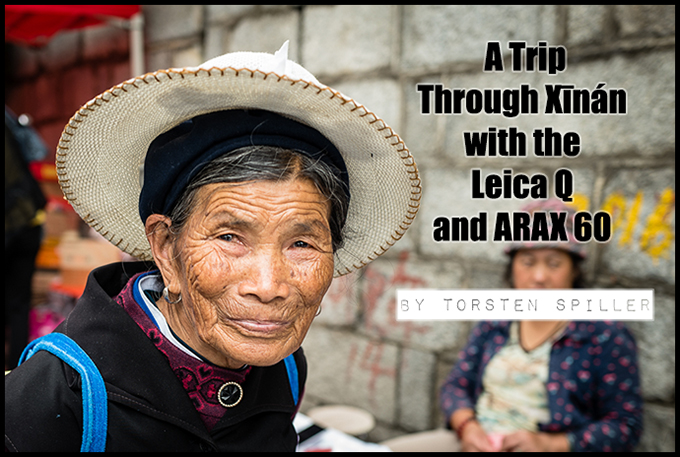
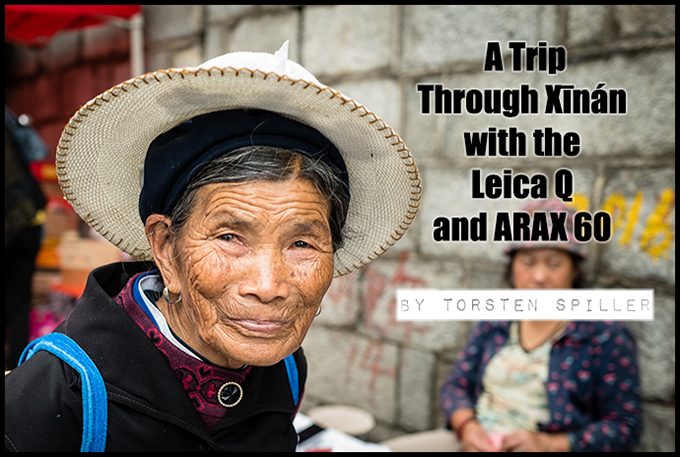
A Trip Through Xīnán with the Leica Q and ARAX 60
by Torsten Spiller – His website is HERE
This year I did a trip with my Chinese wife through Xīnán, the southwest of the People’s Republic of China. Xīnán includes the municipality of Chongqing, the provinces of Sichuan, Yunnan and Guizhou, and the Tibet Autonomous Region.
Unsure because leaving my M9 at home, the Leica Q turned to be out once more the perfect universal photographic tool. Being light weighted and somehow compact, it gave me the flexibility to use the EVF in situations where I had the time for proper framing my subject on one hand and on the other hand to shoot with the LCD in situations where there wasn’t the time to move the camera to the eye or for shots from special angles. The lighting fast autofocus was my insurance for sharp images and made my work much easier. The Q did a fantastic job as a camera for street, landscape and even for portraits.
I’ve to admit that I brought also a camera brick with me.
I couldn’t resist shooting some medium format pictures since I like the outcome and the shooting experience. My choice of weapon was an ARAX 60 which is a modified version of the Kiev 60 with the Carl Zeiss Biometar 2.8/80. This is most probably one of the cheapest cameras you can buy new for entering the medium format world. The biggest advantage is that you can use all the fantastic lenses made for the Pentacon Six mount. Beside the Biometar 2.8/80 I own also the Zeiss Sonnar 2.8/180 and Zeiss Flektogon 4/50. Both are legends and deliver amazing results for incredible small money. I think I paid for the camera with all lenses less than others pay for a used Hasselblad body only. I shot several medium format cameras in the past like Rolleiflex SL66, TLR, Super Ikonta, Hasselblad, etc., although I can’t explain exactly why, but I love the ARAX beside my Super Ikonta which is still unbeaten when it comes to size and weight of medium format cameras. Just recently I published a love letter – sorry, I mean short review about the ARAX 60 on my homepage.
But let’s start with the trip….
Chongqing – the mega city
Our trip started on the 27.06.2016 from Nanchong in Sichuan (my hometown in China) with a 2 hours HSR (High Speed Rail) train ride to Chongqing. Chongqing is also reachable through the international airport or by HSR from Chengdu. Surprised by the size of the city, I checked the internet and found out that Chongqing is the largest city of the world. Chongqing which is usually quite unknown outside of China has approximately the size of Austria and a population of unbelievable 35 Mio inhabitants. While usually the weather in Chongqing is subtropical hot and humid, we arrived there on a rainy day. We spent only one and a half day in the city and visited first the old loading docks at the Yantze river and the Hongyadong Riverside Block. The latter one is a business block and scenic spot built on mountains by the “stilted building” of Chinese traditional architecture features.
The next day we took a taxi to the Zhazidong prison, a must visit place for domestic Chinese tourists due to the historical importance. Original a coal mine, the site of Zhazidong Prison was covertly set up in 1943 by the Chinese Nationalist Party (KMT) with the help of the Sino-American Cooperation Organization (SACO) and is located in the Gele Mountains. Communists were massacred and tortured by Nationalist Party during the Chinese Civil War between 1945 and 1949.
In the evening we did a walk through the city. Like in all cities in China I really love the fact that elderly people enjoy almost every evening dancing, playing music, gym and other activities in huge groups at public places instead of staying alone at home.
Kunming – the spring city
Because of massive rain and through landslides blocked railway lines, we had to change our original route twice and ended up in an aircraft to Kunming, the spring city due to its yearlong mild climate. To reach the city we took the bus since the airport is quit far away from the centre, the taxi seemed to be too expensive and the metro connection was still under construction. Early morning, we visited the wholesale market for fruits and vegetables. As expected there was a lot activity in this area and a good location for taking photos.
After, we took a taxi and drove to the Yunnan Ethnic Village. The park is an ethnographic display of the architecture and ways of life of Yunnan’s minority population. The park itself was quiet with not so much activity and visitors. However, it was very relaxing doing a walk there in the beautiful nature without too many people around.
We finished the day with a walk to the nearby Dianchi Lake, the “Pearl of the Plateau” and a trip with a cable car to the Western Hills which stretch along the west bank of the lake, creating a lovely view of water, mountain, and sky.
Dali – the historic city
As a former train driver and still employee of the German railway – DB Engineering and Consulting, I enjoy always using the train. Especially sleeping trains are a really comfortable and reasonable way of transport in China. Therefore, we took the night train from Kunming to Dali arriving early morning after a seven-hour trip. The train station is located in the new town which required a taxi to bring us to old Dali, several kilometres away. The taxi driver recommended us a hotel which turned to be out brand new for a very reasonable price of only 100 RMB per night. The Dali area was formerly known as Jumie. The present old town was organized in the late 14th century under the Hongwu Emperor of the Ming Dynasty. Although a little bit tired, I couldn’t wait to see the old town and begged my wife to go for a walk with me. After a view minutes we reached the city wall with a nearby monastery. Luckily we arrived in Dali exactly on the day where local women from the city and surrounding villages having their annual celebration of the monastery. Everywhere around the monastery people in their colourful traditional dresses could be seen dancing and making music with old Chinese instruments. The monastery itself was covered in big clouds of smoke which burned in the eyes caused by women putting paper in fireplaces and lighting smoke sticks to thank for the past and for good luck in the coming year. In one corner one man was blowing a traditional trumpet and from time to time a small orchestra of about 10 people started playing the typical Tibetan music with mainly percussions and catcall flute sounds. Slightly tired and overwhelmed of the scene, it took some time until I could dive fully into the crowd to see with the lens of my camera.
The whole city Dali was occupied by mostly elderly women and men singing and dancing anywhere where enough space was available.
As very common in China at touristic locations, the main road was crowded and full of shops offering souvenirs and food. However, the number of people was still much less compared to the masses traveling during the national holidays. It is highly recommended to travel in China outside the national public holidays. During the holidays it feels that whole China is traveling and everything is overcrowded which has also an impact on the prices for transport and accommodation.
On our last (very rainy) day in Dali we did a walk to the three pagodas. To attract more tourists, a whole new park and monastery has been built around the pagodas. Since the rain didn’t stop and the whole area gave us more or less the feeling of being somehow a fake, we decided to walk back to the city and enjoy the remaining time by walking to the streets and capturing the street life. In the evening we took the sleeping bus to Shangri-La. The first time that I took such a bus. Already by entering the bus I felt that the interior dimensions were based on the average of a Chinese. With 1.93m being the contrary, I just fit through the corridor to reach my approx. 1.70m long bed. However, since the 5 hours’ ride wasn’t so long and laying was better than sitting, I enjoyed the new experience. If you are ever planning to take an overland bus to travel in China, try to avoid toilets at the locations the bus is doing stops. Usually, bus drivers are having some deals with local farmers which are providing very basic and unfortunately mostly very dirty washroom facilities. My advice: stay away (if possible)
Shangri-La (Zhongdian) – the lost horizon city
We arrived in Shangri-La at 2:00 a.m. and checked-in in a hotel close to the old city centre where most parts have been destroyed in 2014 by a huge fire. Luckily, most of it was already repaired and/or rebuilt. In the second half of the 20th century Shangri-La was called Zhongdian and was renamed on 17 December 2001 as Shangri-La after the fictional land of Shangri-La in the 1933 James Hilton novel Lost Horizon, in an effort to promote tourism in the area. Same like in Dali, the old town is full of souvenirs and food shops. The architecture of the typical big local houses with their massive wooden beams is more than impressive.
The first thing we did after my wife recovered from the impact of the height, was a visit of the 5 km away located Tibetan Buddhist Ganden Sumtsenling Monastery, also known as Sungtseling and Guihuasi. Built in 1679, the monastery is the largest Tibetan Buddhist monastery in Yunnan province and is sometimes referred to as the Little Potala Palace. Rewarded by an amazing view it took us some time to climb up the stairs to the monastery because of the height of about 3,200 m. Gold plated roofs, and statues as well as colourful pennants and paintings are visible everywhere in the monastery. As per Buddhism believing, walking through the halls has to be done clockwise only.
The next day we took a taxi to the nearby blue mountains where a cable car brings you up to the hill to a height of 4,500 m. Since the height could be problematic a can of oxygen which can be bought at local stores is very advisable. The cable car as well as the touristic facilities gave the impression that the peak of touristic activities was some years back. The same we experienced at the Xiagei Hot Springs with the nearby natural rock bridge. However, both are beautiful spots and worth to visit. The view from the mountain into the large green valley was breath taking.
After we returned from the mountain we decided to walk back to the city instead of taking the public bus for only 1 RMB. Our way led us through a village where we had the chance to drink Tibetan tea, made out of yak butter and tea, which was served together with a local pancake.
After the break we continued our walk to a place where locals offered horse riding and other traditional activities.
Short after we’ve been on the road again, we got picked up by a local with his car who just finished his work and brought us back to our hotel.
Our last day we rented an electric car – as far as you can call the vehicle a car.
Not having a Chinese driving license, I thought this would be the safest way to visit close by areas without being dependent on public transport. And indeed the vehicle brought us save to the Xiagei hot springs with the natural bridge formation and a huge green valley with a lake and grazing yaks.
Chengdu – home of the Pandas
With our flight the next day back to Chengdu our trip through Xīnán was almost over. Since Chengdu airport is my usual gate to China, I know already most of the places in the the city. However, before taking the train back to Nanchong we spent another day with visiting the Wenshu Yuan Monastery and Jinli pedestrian street. The latter one is always a good spot for street photography.
However, it turned to be out that a simple walk to the railway station for buying the train tickets to Nanchong gave fantastic opportunities for street shots.
General Information
Hotels in China are quite reasonable. If you don’t need a five-star resort and happy with a clean room and bed, you find usually hotels in the price range from 100 RMB – 250 RMB per night. It’s common in China that you can check the room before the actual booking to ensure that it suits your expectations. We got the best value for the money in Dali while we experienced the friendliest hotel owners in Shangri La. Due to security reasons, a passport is always required for booking train, bus or air tickets as well as in hotels. Taxis are always a good way to travel in cities beside other means of public transport. While Taxis are usually equipped with Taximeters, caps in Kunming and Dali might be not equipped and the price needs to be negotiated before (!) the trip with the driver. Trips with the Chinese railway are a very comfortable and reasonable means of transport. HSR, sleeping/night trains as well as normal trains are usually clean and punctual. It’s recommended to book hard-sleeper compartments, which are equipped with padded berths (six to a compartment), sheets and a blanket. Since the majority of Chinese does not speak English, a Chinese tour guide or even better a Chinese friend is more than helpful. There is an amazing variety of food available on the streets. Don’t be afraid if the cleanliness is not matching western standards. I had never a problem with the food beside the fact that it was sometimes really spicy (double burning – you know what I mean). If you don’t try the street kitchens, you’ll miss a great Chinese experience. Highly recommended are always noodles, barbeque and in Shangri La the Yak Pizza and butter tea. The butter tea was very tasty and really a surprise. At least once you need to dry the national dish hot pot. Taking photos of people was in general no problem at all. The only problem which I had was the fact that it was sometimes difficult to hide myself in the crowd as a 1.93 m tall westerner surrounded by only Chinese. People approached me asking if they can take a photo with me, the stranger from abroad. Especially the younger generation likes to practice their English knowledge since they usually don’t have many opportunities. Never ever book holidays during the time of public Chinese holidays. Everything will be overcrowded and getting tickets for hotels or transport will be very challenging and expensive.

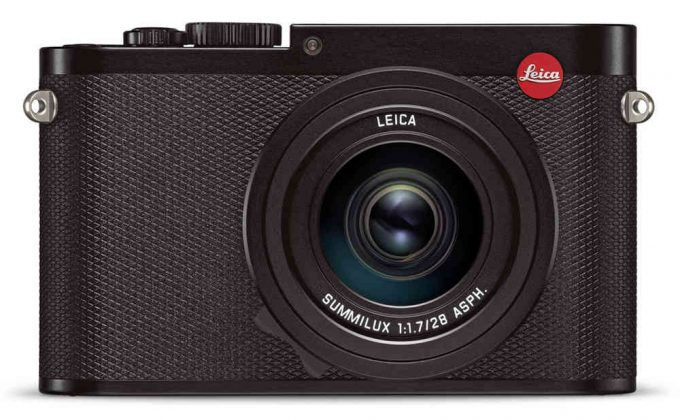
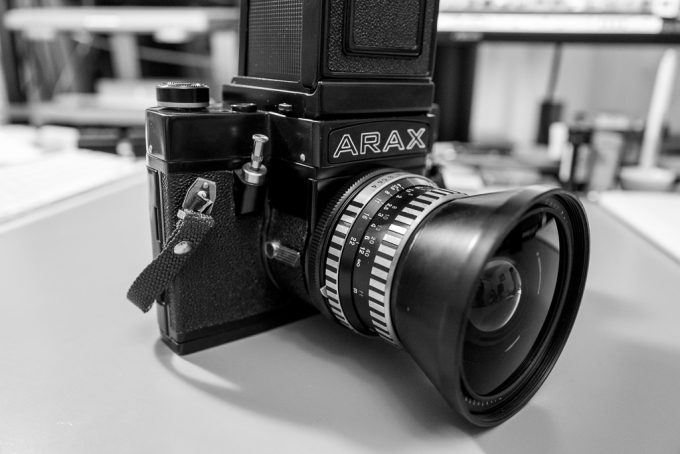
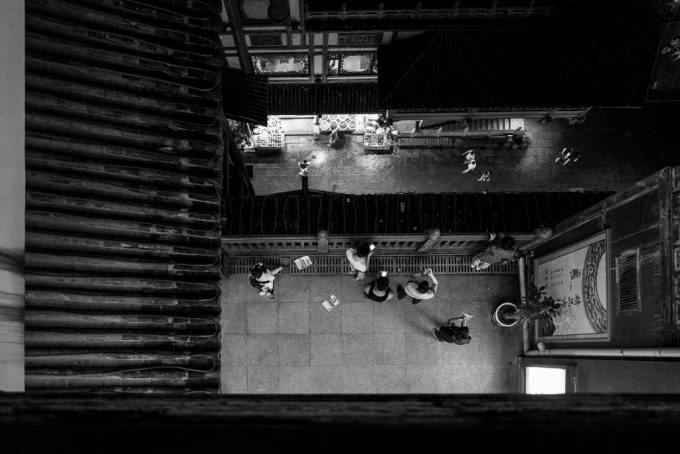
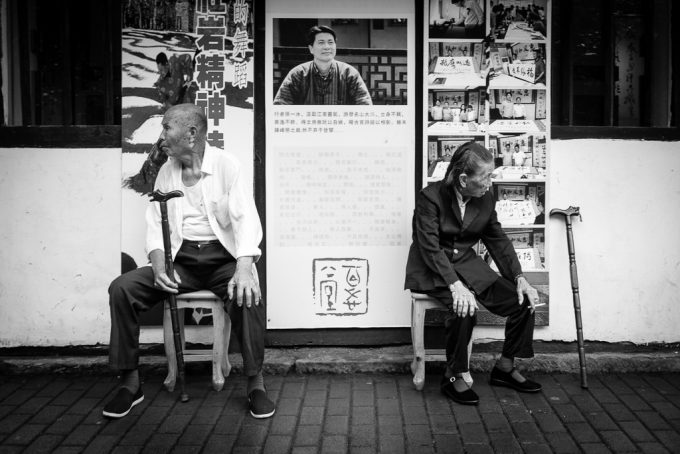
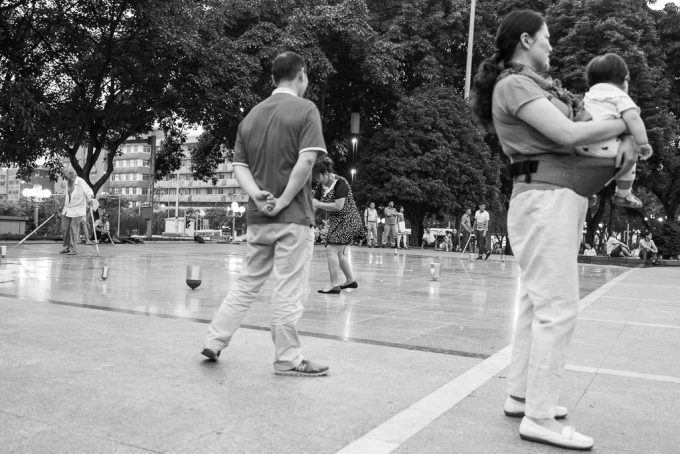
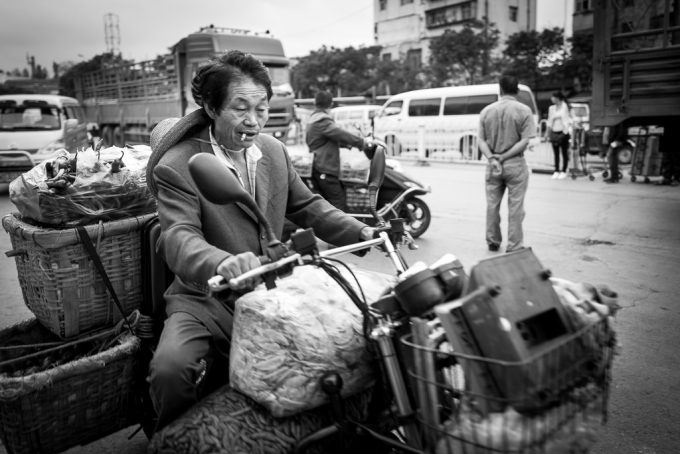
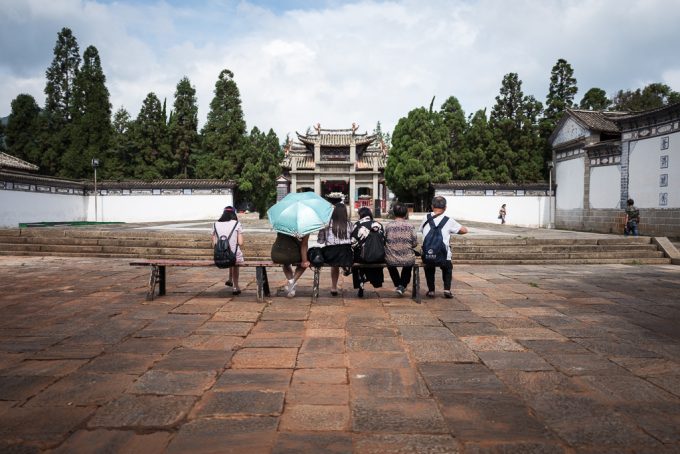
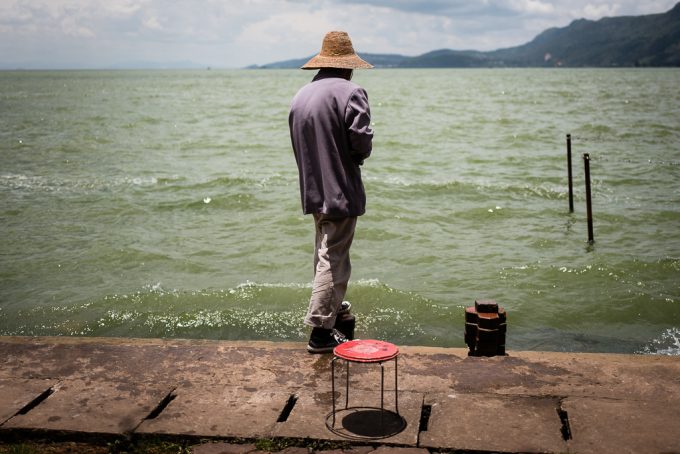
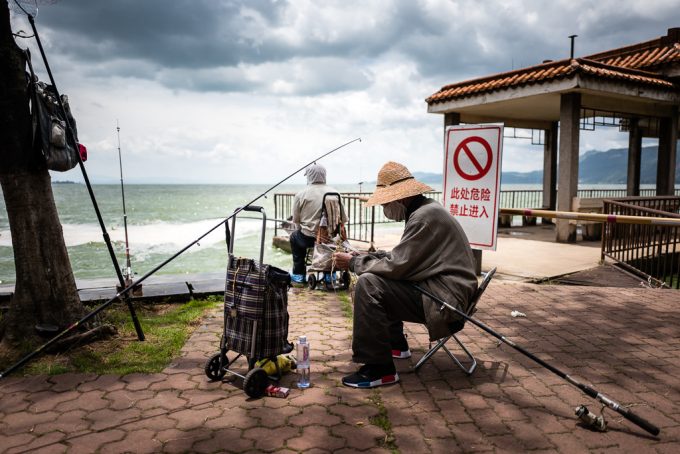
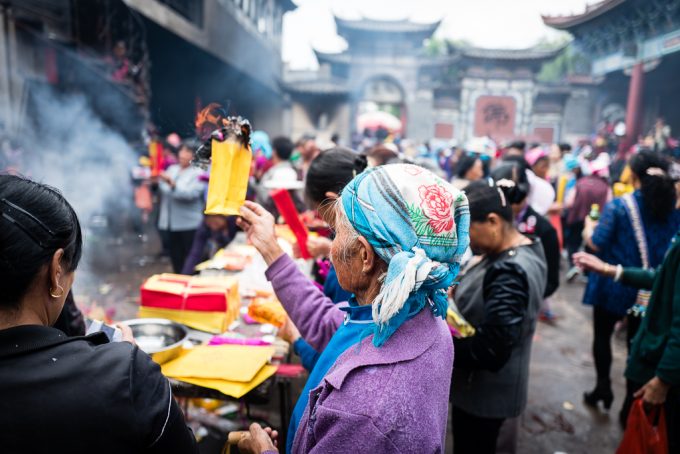
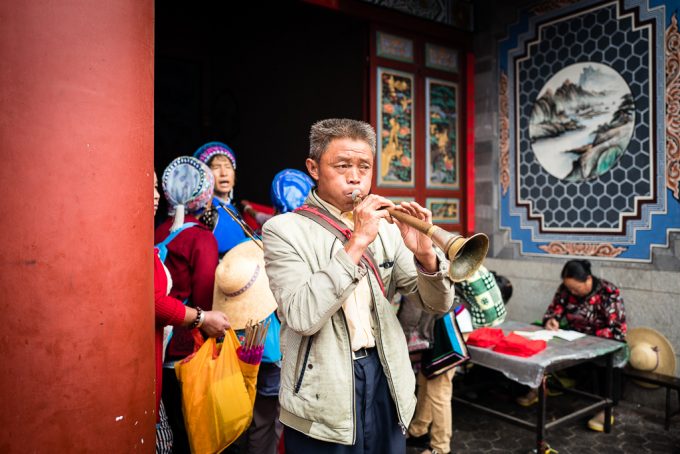
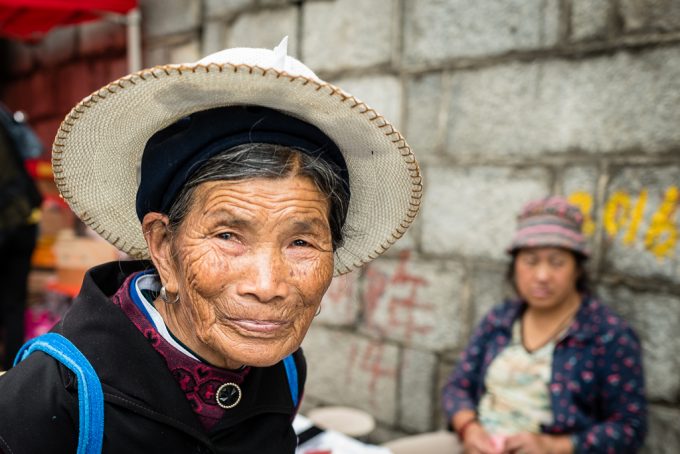
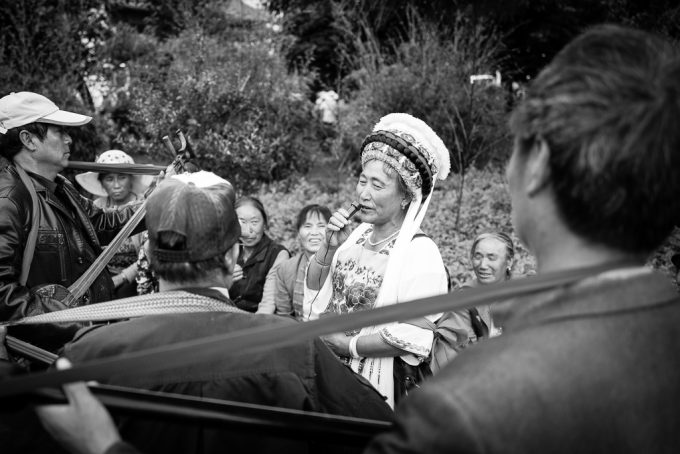
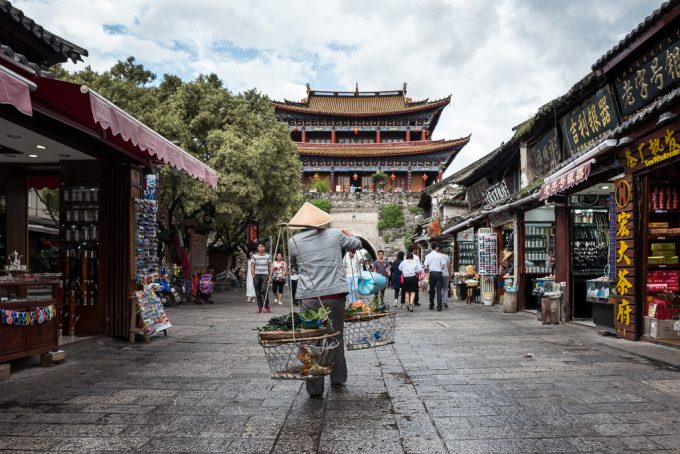
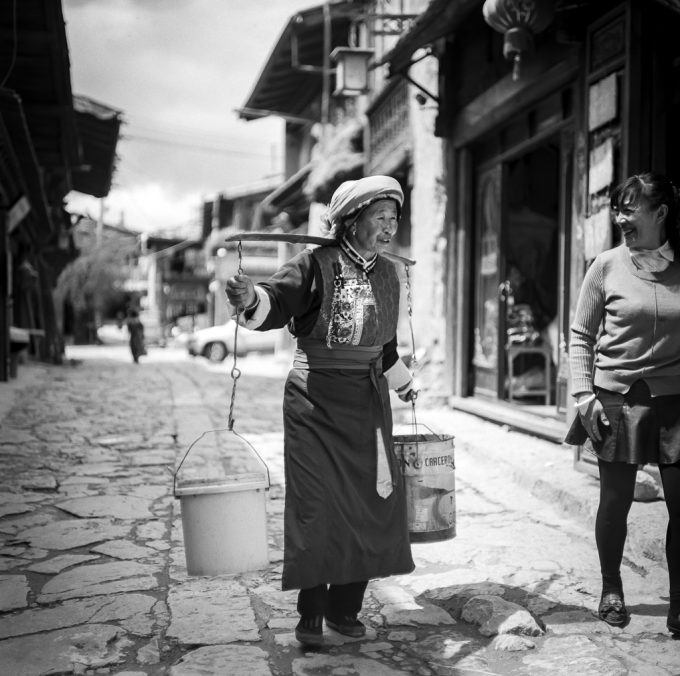
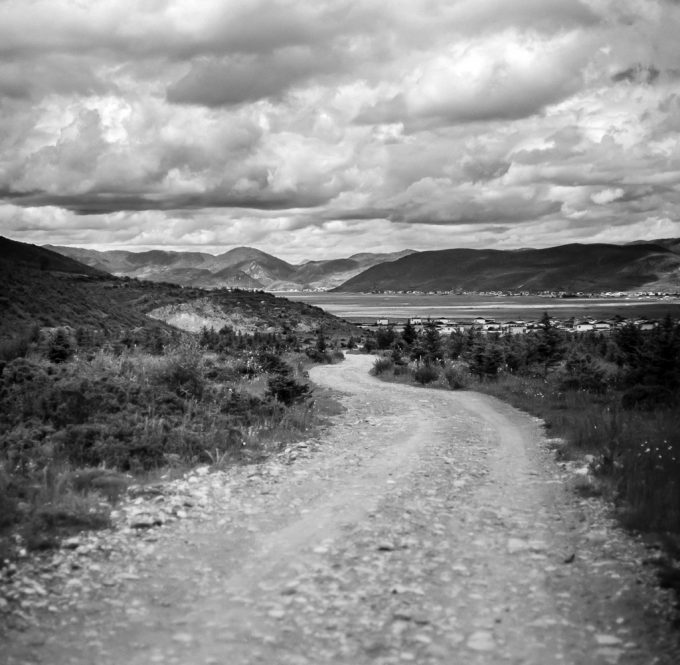
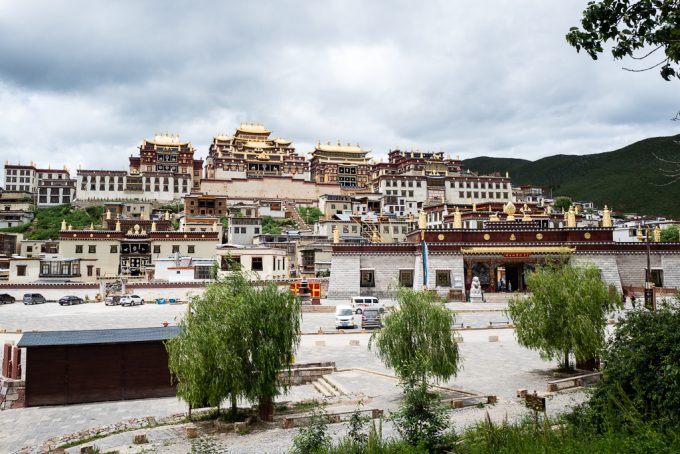
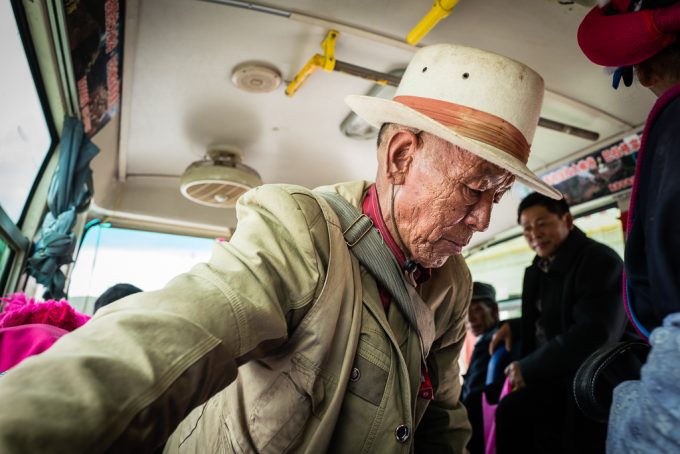
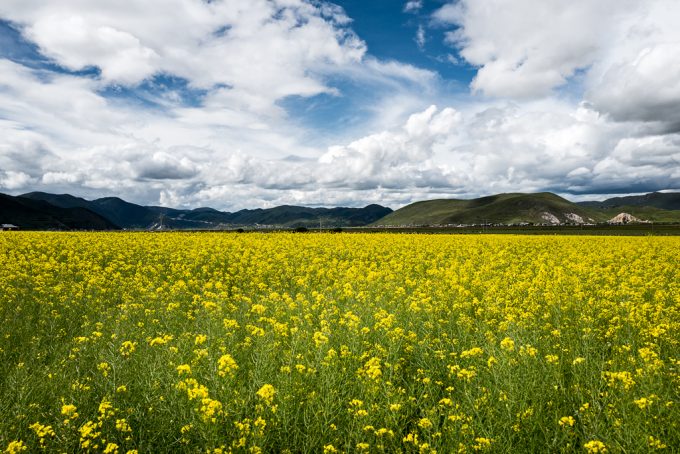
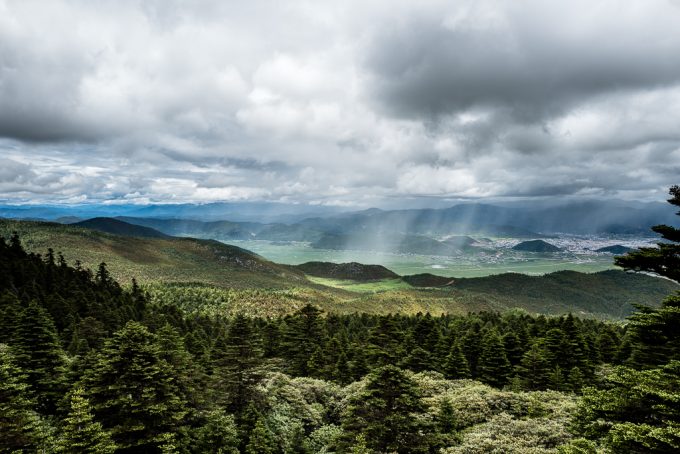
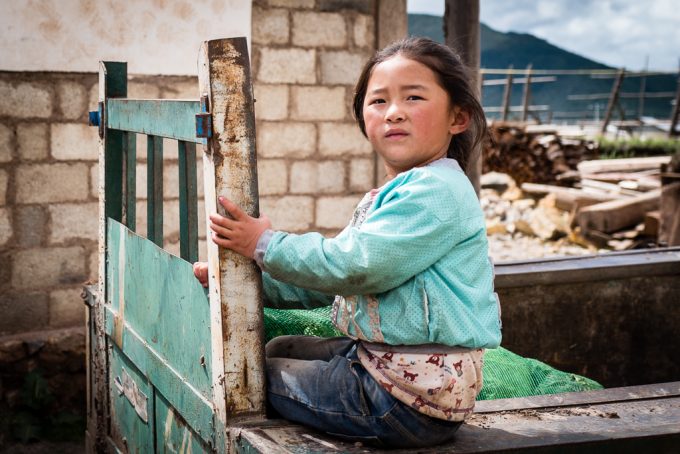
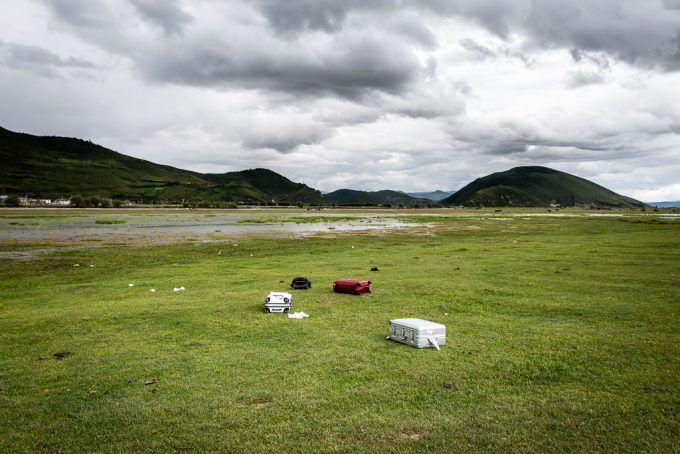
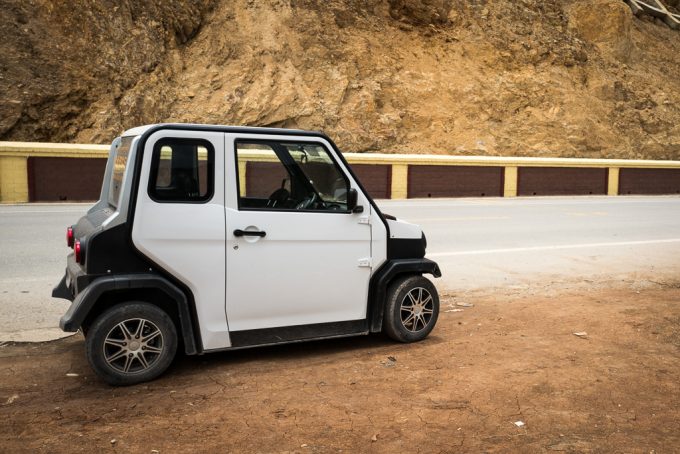
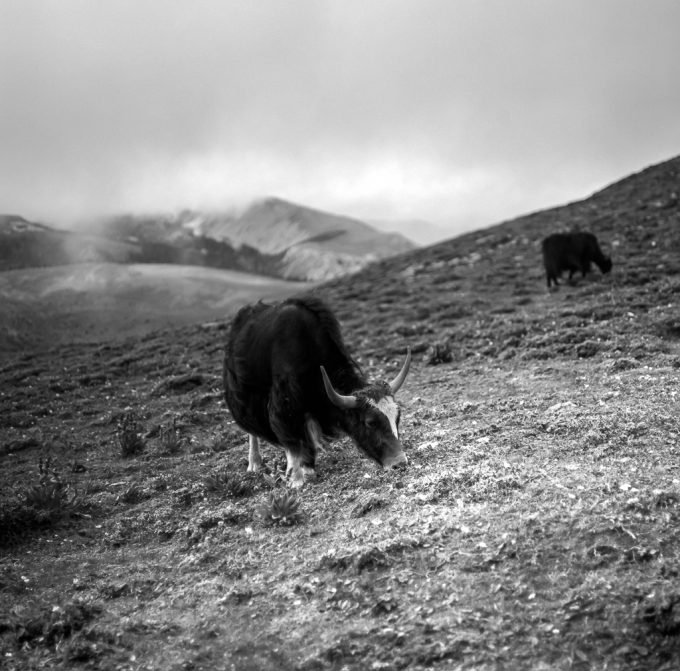
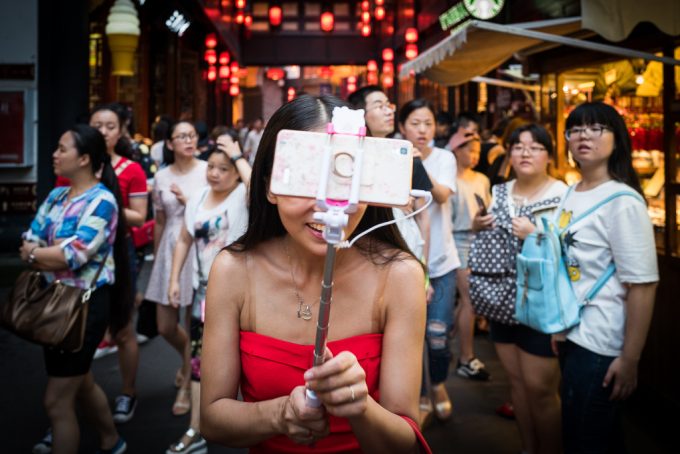
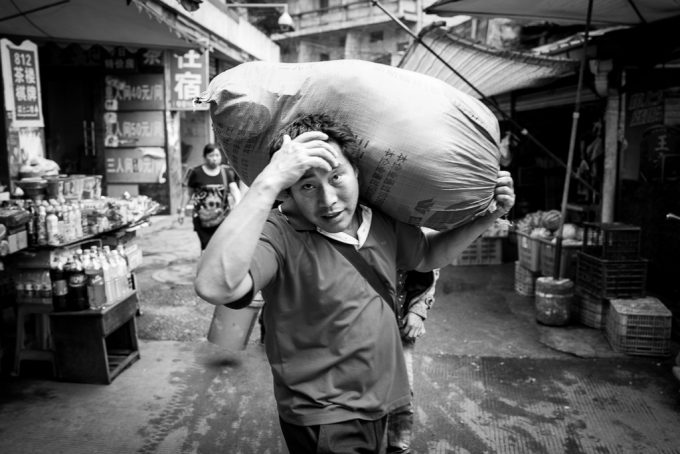
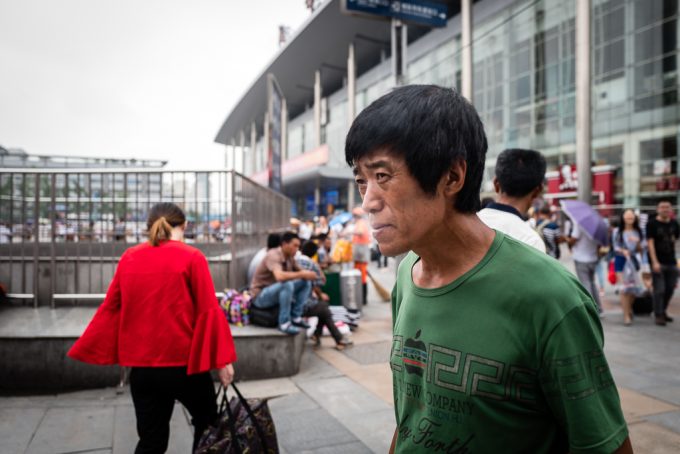

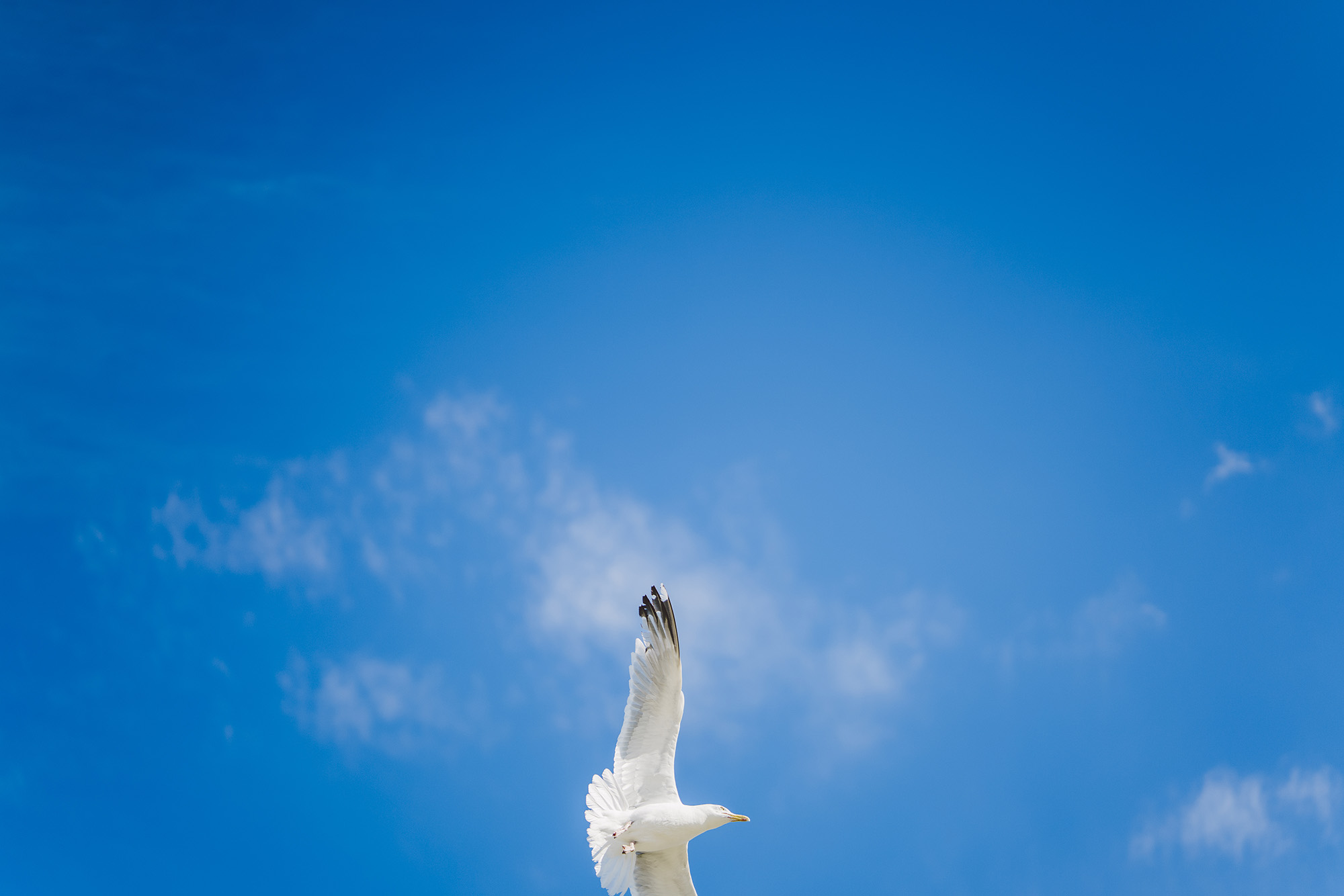

Hi thanks for the nice pictures.
Could you tell us if your leica q return from this trip with dust on the sensor as some people report such pbs around the web but no real explanation about this issue.
Thanks
No dust. I guess if you are carefully with your gear you’ll not have any problems.
That was a very pleasant read. Thank you! I also have to check out the Arax some day. 😉
The Q and the Arax have one thing in common – they are both straight forward and easy to handle. The difference – the Arax is slightly bigger
A very enjoyable travelogue and some lovely photos. Many good tips for the traveller too. Thank you.
Are portrait-like photos cropped or 28 mm ?
Some of the photos are cropped.
Beautiful photos!
Excellent captures and an interesting story. I like your PP.
wonderful. reminds me very much my trip back in 2015 where i covered kunming – lijiang – zhongdian 🙂
Thank you. I enjoy your story and the pictures tremendously.
What a well told photography adventure. And thank you for sharing some of your images.
I do not know why, but the bird’s view balcony picture is very, very captivating. Great collection, I’m going to start considering a Q now.
The Q is simply amazing. I like the handling as well as the outcome.
Good photographs.
Good article.
Good to mix film and digital.
Perhaps that woman of the buckets is my favorite.
Wonderful photographs and a great story. A lot to be proud of here.